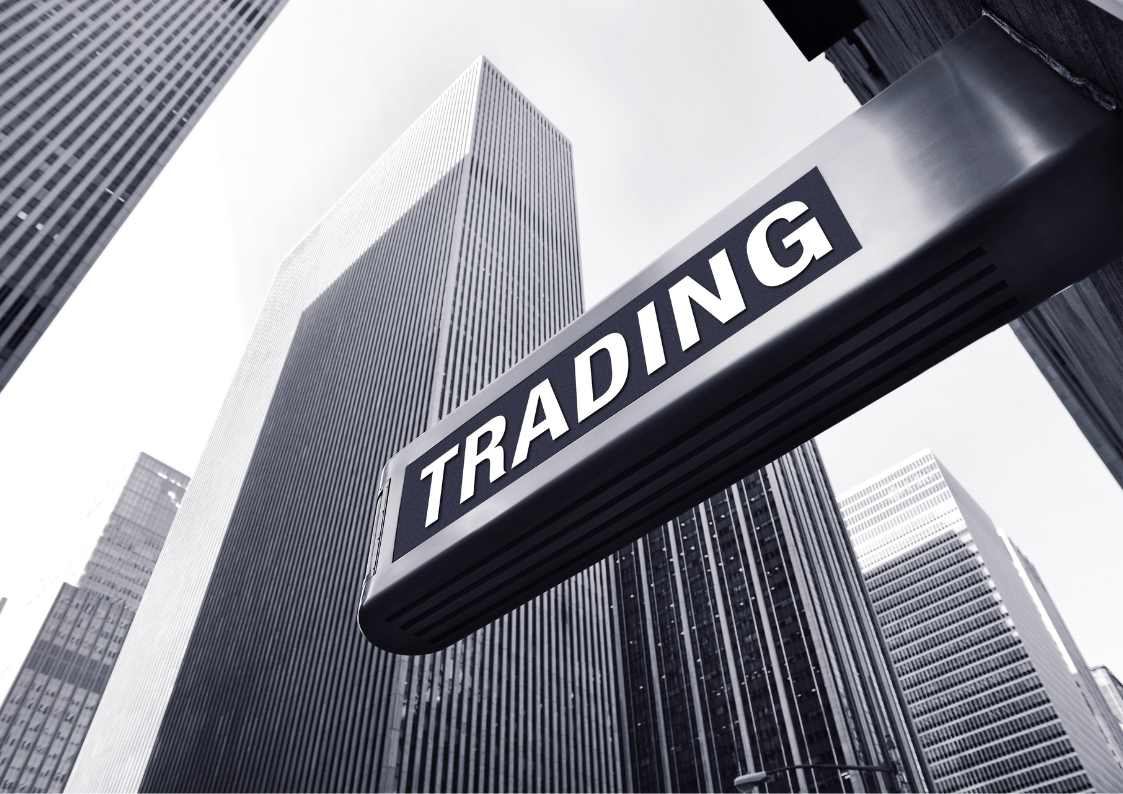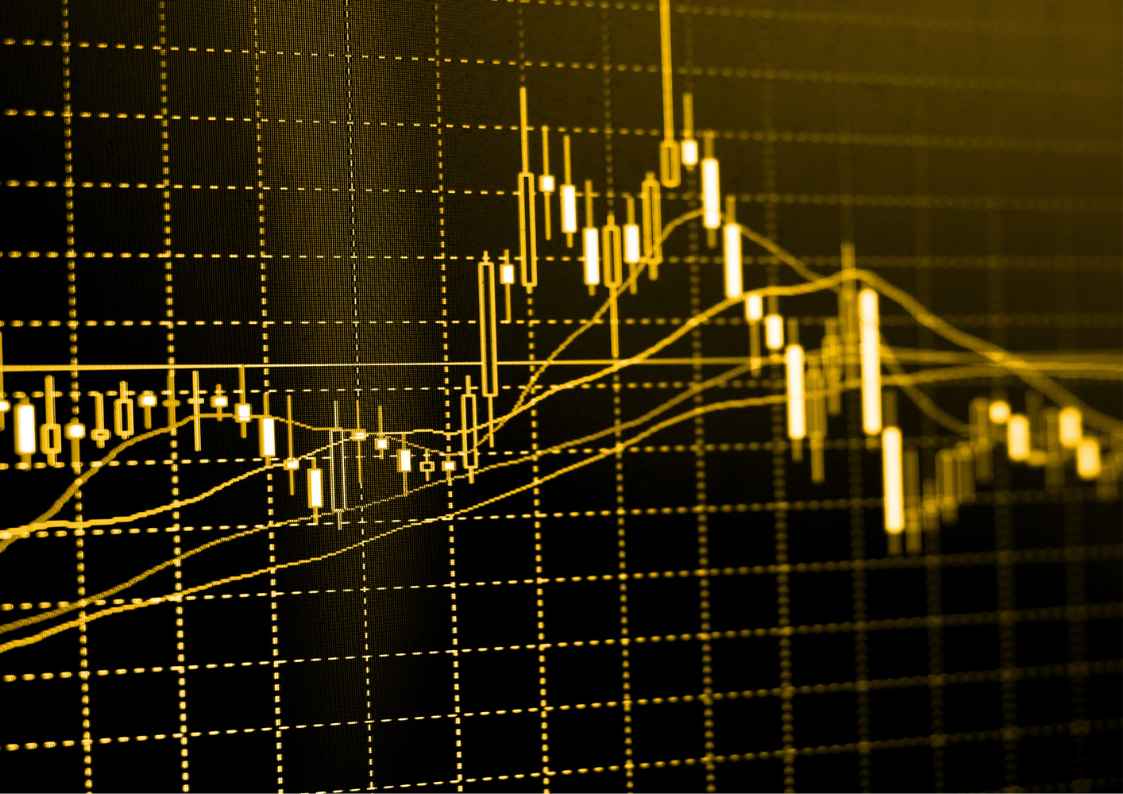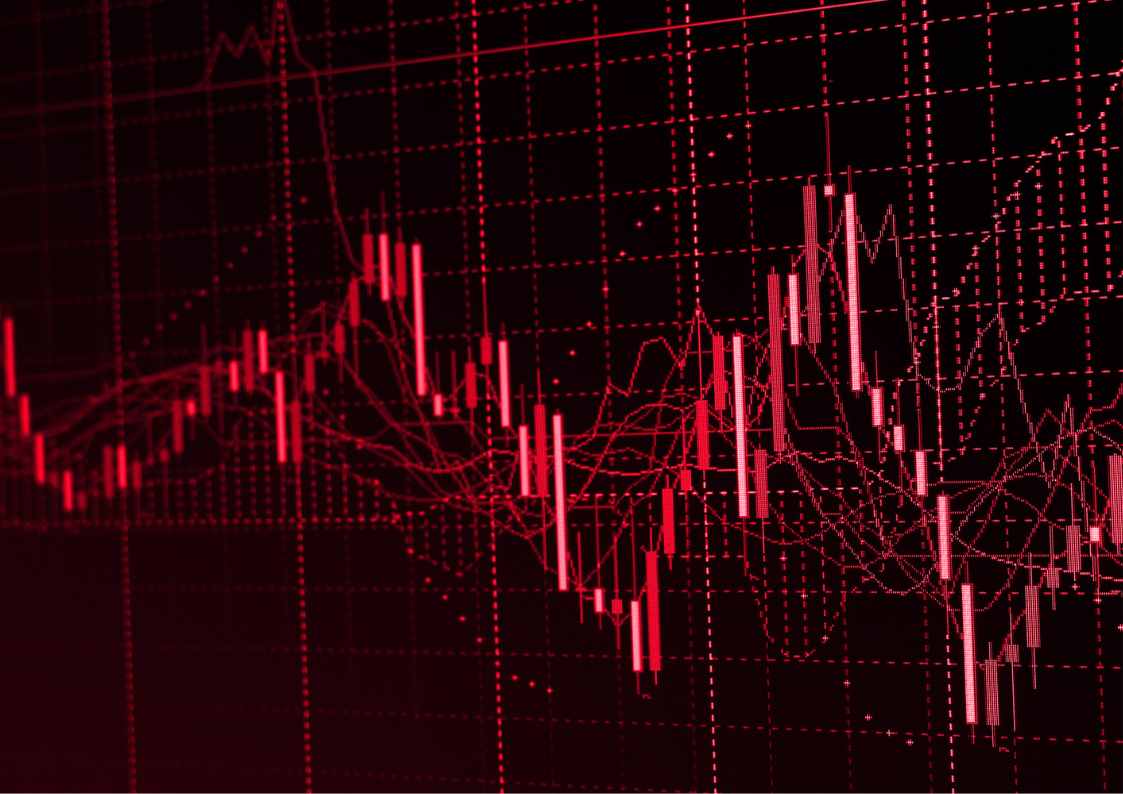Tuesday Dec 19 2023 06:04

9 min

In the financial markets, traders must contend with the reality of slippage, the divergence between the anticipated price of a trade and the actual execution price. This inescapable component of the trading process has the potential to influence outcomes favorably or unfavorably.
By gaining an in-depth understanding of the factors that give rise to slippage and strategically deploying techniques to curtail its influence, traders can significantly refine the efficacy of their trading tactics.
Slippage refers to the difference between the expected price of a trade and the actual price at which it is executed. It occurs when the market moves quickly between the time you place your order and when it is filled. Slippage can be positive or negative depending on the direction of the market move.
Slippage is often unavoidable, but traders can take steps to minimize it. Using limit orders instead of market orders, trading highly liquid instruments, and avoiding volatile periods can help.
While slippage can be negative in the short term, the key is managing risk to avoid catastrophically large slippage on any single trade. With an effective trading plan and risk management strategy in place, the impact of slippage over many trades can be mitigated.

As a trader, understanding the causes of slippage and how to manage it is crucial to your success. Slippage refers to the difference between the expected price of a trade and the price at which it is actually executed. Several factors can lead to slippage in financial markets:
To mitigate slippage, consider using limit orders instead of market orders when possible, spreading out large orders over time, and avoiding placing orders right around major news events.
While some slippage is inevitable, with close monitoring of the factors that drive it you can minimize its impact on your trading. With the right knowledge and risk management practices, slippage need not undermine your trading success.

Traversing the financial markets requires a deliberate approach to address certain market challenges, such as slippage. This discrepancy between an intended trade price and the executed price can chip away at profits or amplify losses.
To effectively manage and minimize slippage, one must understand its underlying causes and apply astute trading strategies. To manage slippage effectively, you'll want to implement some proven strategies.
Carefully managing slippage by using prudent strategies can help reduce losses, lock in gains, and improve your overall trading performance. With some practice, controlling and accounting for slippage can become second nature.
As you continue your journey as a trader, keep in mind that slippage is an inevitable part of the process. While it can be frustrating to see your profits minimized or your losses maximized, the key is focusing on what you can control.
Implement smart trading practices, choose highly liquid markets, use limit orders and maintain realistic expectations about execution. Though slippage will still occur at times, with experience comes the wisdom to navigate it and the patience to stay focused on your overall trading strategy.
Keep learning, adapting and honing your craft. Over the long run, by managing risks and controlling what you can, you'll build the consistency and discipline needed to overcome the challenges of slippage.
Stay determined and forge ahead the rewards of the journey can be well worth it.
Learn and trade with Markets: the ultimate trading community.
‘‘When considering "CFDs" for trading and price predictions, remember that trading CFDs involves a significant degree of risk and could result in capital loss. Past performance is not indicative of any future results. This information is provided for informative purposes only and should not be construed to be investment advice.’’